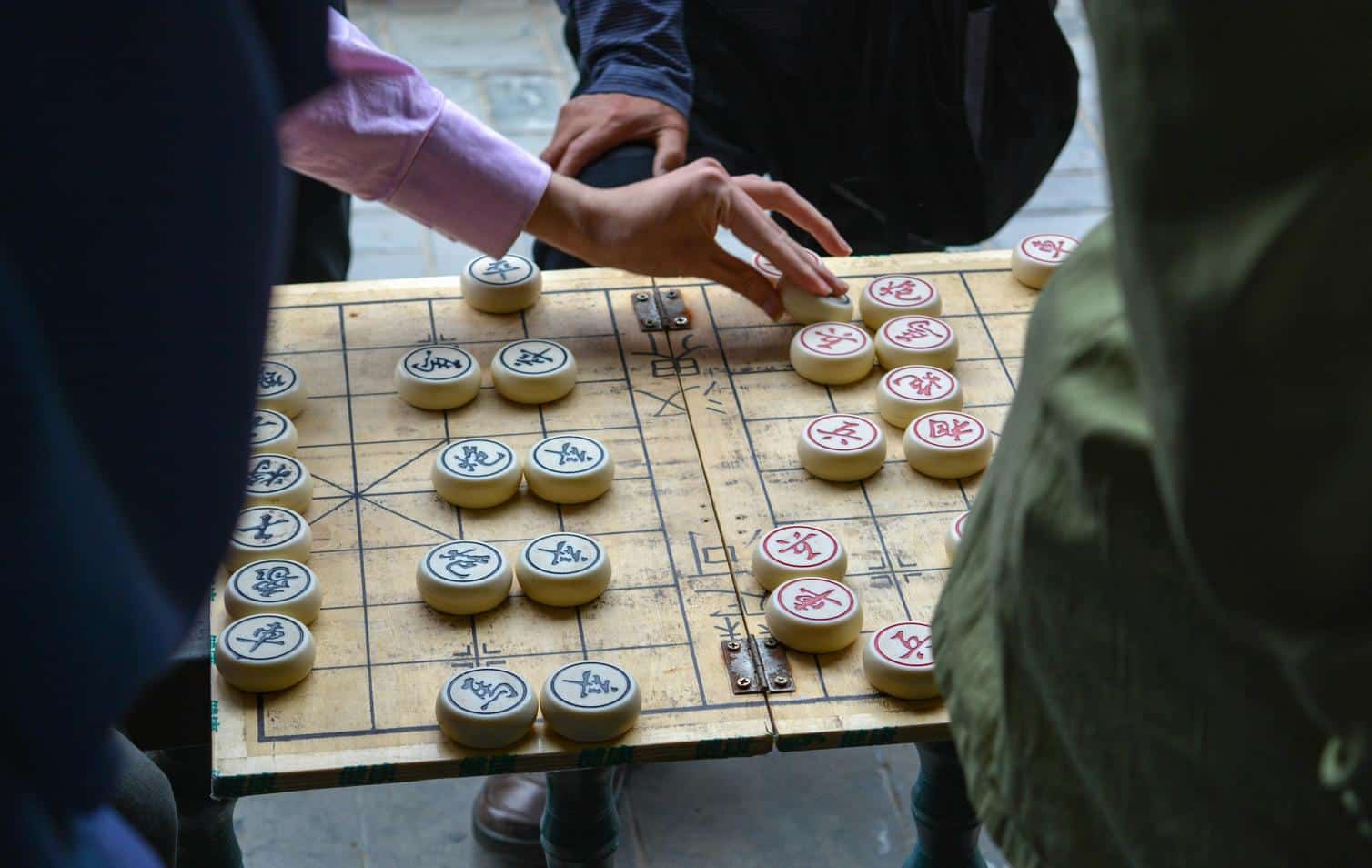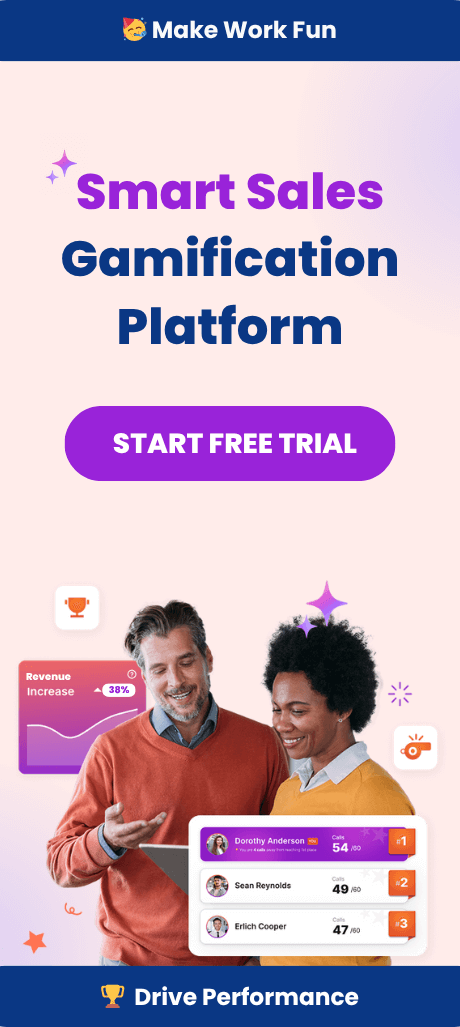Rethinking Employee Gamification Today
In the evolving landscape of business, executive leaders are constantly seeking new methods to elevate employee engagement, performance, and retention. In this pursuit, few strategies have gained as much ground—or scrutiny—as employee gamification. Despite years of experimentation, the path to meaningful, sustainable engagement through gamified experiences remains both an art and a science. For VPs of Sales, Enablement Leaders, RevOps Directors, and CEOs, understanding the nuances of employee gamification is more essential than ever. It is not about points, badges, and leaderboards alone. Instead, it is about creating a measurable cultural shift where individuals feel valued, motivated, and aligned to organizational objectives, even in dynamic hybrid and remote environments.
The Strategic Why Behind Gamification in the Workplace
Gamification—when thoughtfully designed—serves a strategic purpose beyond surface-level incentives. At its heart, it addresses foundational workplace challenges: disengagement, performance plateaus, and talent turnover. In a rapidly digitizing marketplace, traditional mechanisms of motivation are yielding ground to engagement management software and digital leaderboards. Not only do these tools tap into intrinsic motivators (autonomy, mastery, purpose), but they also bring transparency and immediate feedback to teams that may rarely share the same physical space.
While some critics view gamification as a mere trend, its adoption among high-performing organizations suggests otherwise. For example, forward-thinking sales leaders use gamification to create dynamic coaching environments, encourage collaboration, and foster a sense of community through healthy competition. Crucially, employee gamification is most effective when it aligns with the broader cultural and performance goals of the organization, rather than acting as a standalone campaign or novelty.
The Evolution of Gamification Platforms and Tools
In the earliest days of enterprise gamification, solutions focused on simple point-scoring or badge-earning frameworks. Fast-forward to today and leaders enjoy a far more sophisticated toolkit. The best gamification platforms offer integration with core business systems—CRM, performance dashboards, internal communications—all while providing customizable leaderboards and real-time analytics.
The explosion of remote work has only accelerated the need for such platforms. Teams now require digital leaderboards and real-time recognition programs that feel as natural and impactful virtually as they once did in person. The arrival of technologies like AI-powered sales coaching, predictive leaderboards, and personalized feedback loops is transforming what is possible. For executive teams, the capacity to see granular performance data, automate recognition, and support continuous development is no longer a luxury—it is a competitive necessity.
What Makes Employee Gamification Effective?
To move beyond superficial engagement, leaders must focus on three core principles:
- Alignment: Gamification efforts should reflect the values, priorities, and KPIs of the business. When the metrics that matter most are clearly tracked and celebrated, engagement becomes authentic.
- Personalization: Not all employees are motivated by the same triggers. The most impactful employee gamification software recognizes individual drivers and adapts rewards, challenges, or recognition opportunities accordingly.
- Feedback and Iteration: Gamification is not a set-it-and-forget-it tool. It demands continuous review and optimization based on engagement data, business results, and employee feedback.
Organizations that succeed here avoid the pitfalls of one-size-fits-all programs. Instead, they create adaptable, evolving employee gamification platforms that foster a genuine sense of agency and accomplishment. This practice echoes insights from leaders who have implemented culturally transformative gamification initiatives to drive results and foster loyalty.
Building a Gamification Mindset Across the Leadership Bench
Gamification succeeds only when it is championed, not just deployed. For senior leaders, the journey often begins by clarifying the intent. Are you aiming to increase sales performance, reduce cycle times, improve onboarding, or drive innovation? Each requires a bespoke approach.
The broader leadership team—including RevOps, Sales Enablement, and department heads—should be involved in designing meaningful leaderboards, recognition systems, and performance metrics. The focus should shift from tactical gamification (points for every action) to strategic employee engagement, connecting every challenge or recognition moment to organizational themes. This collaborative process uncovers new opportunities to embed gamification into meetings, training sessions, and leadership communications, making it a natural part of the culture rather than a quarterly gimmick.
Designing Leaderboards for Transparency and Trust
Leaderboards represent both the promise and the risk of gamification. Done poorly, they create friction or breed unhealthy competition. Done well, they offer visibility into individual and team achievements, spark peer-to-peer recognition, and drive accountability.
The most effective leaderboards in today’s organizations share several key features:
- Real-Time Data: Performance is tracked and displayed continuously, rather than retrospectively, promoting proactive behavior.
- Configurable Metrics: Leaders can adjust the metrics spotlighted—closing deals, customer satisfaction scores, or training progress—depending on strategic priorities.
- Inclusive Recognition: Success is not reserved for top performers alone; progress and milestones at every level are celebrated.
Executive teams that regularly revisit and refine their leaderboard configurations can respond quickly to shifting business needs and market pressures. Customizable leaderboards are especially valuable, allowing leaders to experiment with what sparks the right blend of healthy competition and collaboration. For organizations seeking a turnkey approach, exploring an employee gamification platform that specializes in custom leaderboards is a wise step toward scalable success.
Connecting Gamification to the Employee Experience
True gamification enthusiasts understand it is not just a mechanism for driving short-term performance. Rather, it is an essential layer in the broader employee experience strategy. Engagement soars when gamified moments are deliberately woven into milestones like onboarding, learning and development, and wellness initiatives.
Here is how progressive companies leverage gamification to drive a holistic employee experience:
- Onboarding: Gamified checklists and milestones help new hires acclimate faster, creating a sense of early achievement and community.
- Learning and Development: Ongoing skill-building is encouraged through progress badges, points, or access to new learning content upon completion of modules.
- Wellness and Community Program: Health challenges, community-building games, and volunteer leaderboards elevate the sense of belonging and well-being.
By linking gamification to an employee’s identity within the organization, leaders foster a connection that is difficult to replicate through other strategies. This approach is especially relevant for distributed teams, where organic recognition and feedback may otherwise feel elusive.
Data, Analytics, and Gamification KPIs
One of the greatest areas of progress for executive decision-makers is the surge in actionable data from employee gamification programs. But knowing what to track—and why—separates impactful initiatives from noisy dashboards. The best-in-class platforms now offer analytics that track not only participation, but also behavioral trends, sentiment, and the downstream impact on core KPIs such as sales quota attainment, net promoter scores, and employee retention.
Advanced reporting enables leaders to:
- Diagnose which challenges or rewards drive the most engagement
- Spot trends in disengagement or plateaued performance
- Tailor recognition efforts for underrepresented groups
This shift from activity-based metrics to outcome-based analytics marks a turning point. For organizations just starting their analytics journey, reviewing lessons from those who have pioneered evolving sales and engagement KPIs is a valuable practice. The intersection of gamification KPIs and business results remains a rich ground for innovation.
Challenges and Future-Proofing Your Approach
As executive leaders consider investments in employee gamification platforms and tools, several enduring challenges demand attention. First, the risk of novelty fatigue is real; if gamification is not integrated into existing workflows and regularly refreshed, it quickly loses its motivational power. Second, equity and inclusion must remain at the forefront—programs that reward only extroverted or outspoken employees can alienate those motivated by quieter forms of recognition.
To future-proof these investments, leaders are prioritizing:
- Regular program reviews with staff feedback loops
- Integration with enterprise systems (CRM, HRIS, Slack, Teams)
- AI and automation for more responsive and personalized experiences
Platforms that support both ready-made and highly customized approaches help organizations remain agile as business needs change. For instance, Spinify provides leaderboards and recognition tools that adapt to the evolving rhythm of modern work, ensuring long-term engagement and value. You can book a demo to see how this adaptability supports real business impact.
From Engagement to Retention: Gamification’s Strategic Payoff
The ROI of employee gamification extends far beyond the checklists and dashboards of daily management. When a program is deployed thoughtfully, positive impact shows up in the form of sustained productivity, improved morale, and reduced turnover. Data-driven organizations now use engagement management software as not only a tool for motivation, but also as an early warning system for performance risk or disengagement.
Consider the experiences of companies that have transformed their employee recognition programs. Many report not just short-term spikes in morale, but lasting changes in cultural resilience, adaptability, and collaboration. Modern gamification is the connective tissue that brings these outcomes to life across remote, hybrid, and on-site teams alike.
Emerging Trends and What’s Next
Looking forward, the next era of employee gamification promises a blend of human insight, AI, and platform innovation. Executive leaders are paying attention to:
- AI-driven personalization: Platforms that use machine learning to tailor challenges and recognition moments to each employee’s unique motivators and history.
- Seamless hybrid experiences: Gamification that feels equally compelling whether employees are together or apart.
- Integration with wellness and DEI initiatives: Expanding the scope of gamification beyond sales or performance to well-being, inclusion, and social impact.
This evolution marks a shift from competing for attention to nurturing alignment and intrinsic motivation. By embracing these trends, executive teams position themselves to not only weather current disruptions but also build resilient, engaged workforces for years to come.
Final Reflections: Making Gamification Work for Your Teams
For executives committed to long-term business success, employee gamification is more than a trend—it is a strategic lever for shaping culture, accelerating performance, and future-proofing talent pipelines. The organizations that thrive are those willing to experiment, gather feedback, and iterate on their programs. They invest in the best gamification software, prioritize transparency and belonging, and tie every activity back to broader strategic imperatives.
If you are ready to reimagine what engagement can look like in your teams, now is the time to review your digital leaderboard strategy, evaluate your gamification metrics, and explore the platform solutions that keep you a step ahead. In this landscape, the only real risk is standing still. To see what adaptive, high-impact gamification can do for your business, start your trial or reach out for a conversation on how to build an engagement strategy that lasts.



